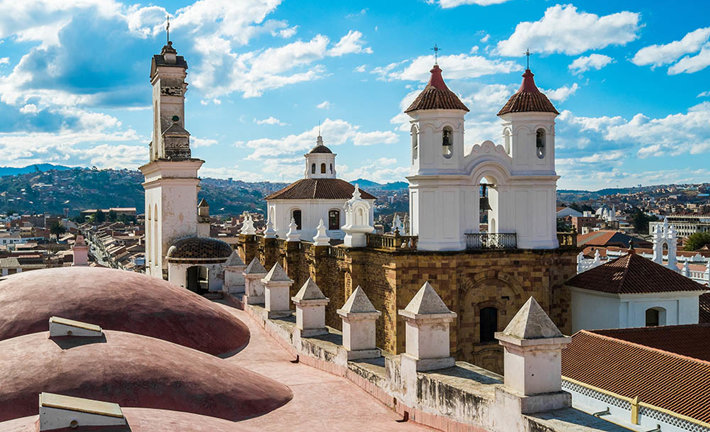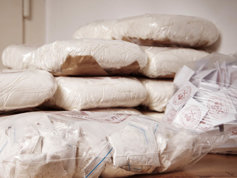Bolivia Cocaine and Other Drug Abuse

With regard to drug manufacturing and drug trafficking, Bolivia shares many characteristics with its neighbor Peru. The cultivation of coca has greatly increased in both regions and both countries send increasing amounts of their final products to Europe, usually through Brazil or Argentina.
While cocaine production increased 38 percent between 2000 and 2009 in Peru, it increased more than 100 percent in Bolivia. Also, Bolivia suffers from much higher levels of domestic drug abuse than does Peru. Statistics for abuse of opiates, cocaine, cannabis and amphetamine-type drugs are two to six times higher in Bolivia than in Peru.

The Bolivian-Brazilian Drug Connection
Much of Peru’s drugs pass through Bolivia on their way to Brazil where they are picked up and transported by major drug cartels. It’s estimated that 80 tons of cocaine leave Bolivia each year for Brazil, with about half of this product being transported on to Europe or the U.S. Much of the remainder is consumed in the Southern Cone—the southern portion of South America. Brazil and Argentina are primary consumers.
In Brazil, the border town of Corumba seems to be a major transit point for Bolivian cocaine on its way out of the country. Individuals may conceal small shipments on their bodies, take a bus to Corumba and drop off their drugs. They are sometimes arrested after they buy return tickets to Bolivia, minutes after arrival in Brazil.
A good-sized airport serving Corumba facilitates the movements of drugs. The whole town is said to have prospered due to the drug trafficking that takes place in the area, with the construction of tall office buildings financed by drug cartels.
Bolivia’s President Previously Worked as a Coca Farmer
Bolivia is one of the poorest and least developed countries in South American. Nearly two-thirds of its population lives below the poverty line, a powerful incentive to engage in illicit activities. U.S. authorities object to the shortage of eradication and counternarcotics efforts of Bolivia, officially classifying the country as one that fails to cooperate with anti-drug initiatives. Bolivia’s president, who began his political career as the head of an indigenous coca-growers union, stated that his administration was committed to an “all-out battle” with the illicit portion of the cocaine production industry.
Traditionally, workers who put in long hours in the fields at Bolivia’s extreme altitudes have used coca as a mild stimulant. (La Paz, Bolivia’s capital city, lies above 12,000 feet elevation.) The big problems began when the coca leaves began to be processed to extract coca paste which then led to the criminal trafficking of cocaine.
Cocaine Abuse Often Involves Use of Nonpowder Forms of the Drug
Much of the cocaine abuse in Bolivia involves the use of coca base, or “basuco,” a partially refined form of cocaine that contains residues of toxic chemicals such as gasoline or kerosene. It is highly addictive and very damaging to the user’s health. Young people in urban areas often abuse cocaine byproducts in a cigarette form called “pitillo.”
Ironically, a former Bolivian President was arrested in August 2010 for possession of pitillos and was admitted to a drug rehab center for treatment. But for the average citizen, drug treatment is virtually nonexistent. With widespread societal ills such as malnutrition and infant mortality, addiction treatment falls lower on the list of national priorities.
Those who find their way to a Narconon drug and alcohol rehabilitation center have a good chance of getting their lives back. There are Narconon centers in Central and South America that can help.
 ®
®